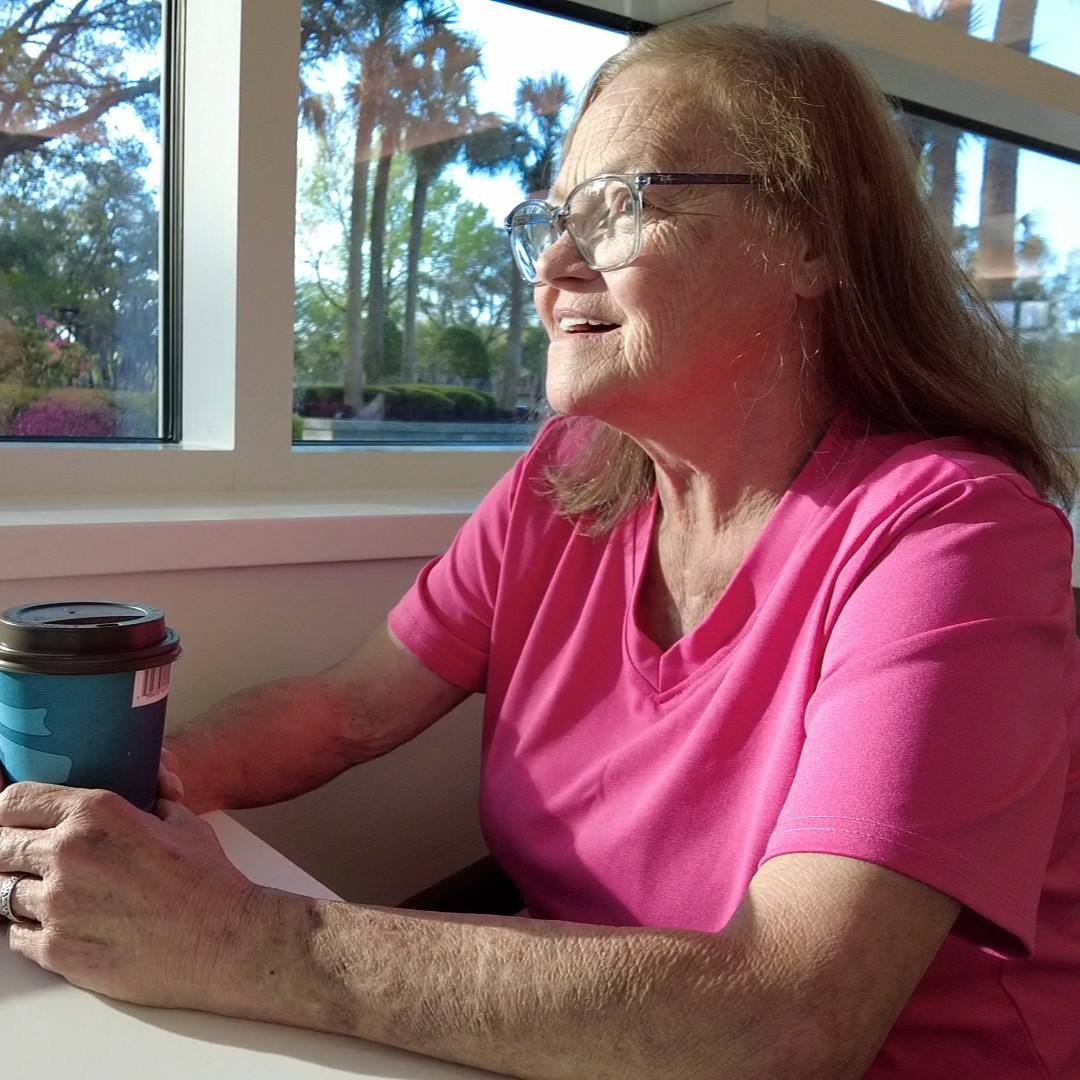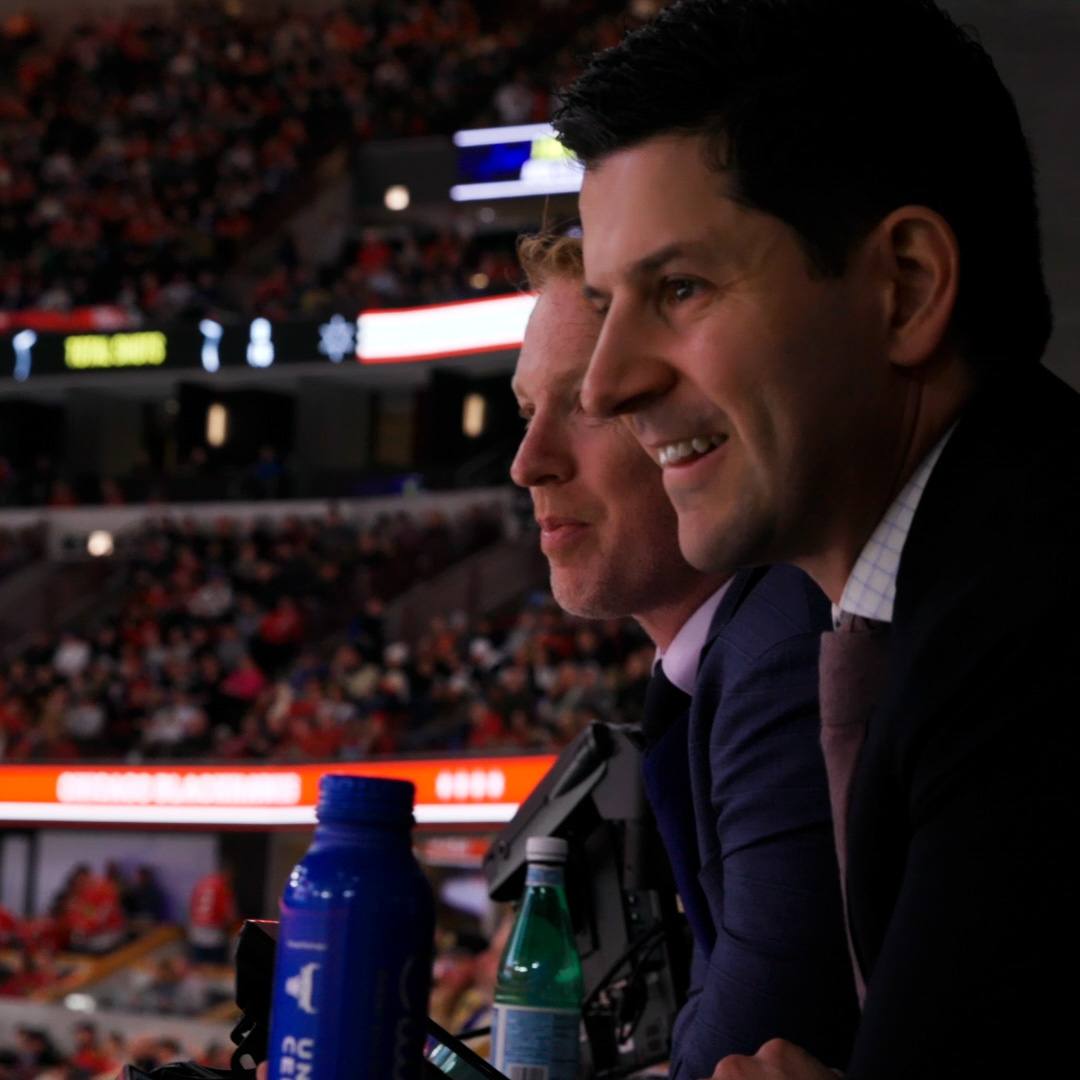 Diagnosed with a rare disease, livedoid vasculopathy, Cheryl Sturdevant turned to Mayo Clinic for help. Then she turned to helping others.
Diagnosed with a rare disease, livedoid vasculopathy, Cheryl Sturdevant turned to Mayo Clinic for help. Then she turned to helping others.
When Cheryl Sturdevant found out she had livedoid vasculopathy, she had no idea what it was. An uncommon disorder, livedoid vasculopathy affects the skin. For no clear reason, it often causes deep wounds in the lower legs and feet, and those wounds can trigger debilitating pain.
"I had symptoms from my calves down onto my feet. The wounds on top of my feet made it difficult to wear shoes. The pain was intense," says Cheryl. "I had been teaching at the time of my diagnosis. But I wasn't able to keep doing that, due to my symptoms. I started looking everywhere for information and help."
Both were hard to come by. Cheryl went to a number of doctors, including several specialists, but she was unable to find someone who could work with her to manage the disease.
She kept researching livedoid vasculopathy and found information about it on a Mayo Clinic website. That prompted her to make a phone call that would change everything.
Coordinating an expert team
Cheryl called Mayo Clinic's Rochester campus and made an appointment to see a physician in Cardiovascular Diseases. She was assigned to Raymond Shields, M.D., for her first appointment. Dr. Shields evaluated her condition and recommended she see a dermatologist and a pain management specialist.
"Whoever decided I should see Dr. Shields was a genius," Cheryl says. "He has been absolutely wonderful. He has helped me work through many problems. This is a complicated disease. It can have far-ranging effects, and so can the treatment. Dr. Shields coordinates it all and makes sure I get the care I need."
"This is a complicated disease. It can have far-ranging effects, and so can the treatment. Dr. Shields coordinates it all and makes sure I get the care I need." - Cheryl Sturdevant
Since her first appointment, Cheryl has returned to Mayo Clinic regularly for care. Between visits, she strives to keep her daily life as normal as possible.
"I'm still in control. I do everything possible to be at work, and most days I do that," she says. "In my home life, I've had to make adjustments. For example, I only go shopping or do housecleaning in the morning. By the afternoon, I start to get uncomfortable. By evening, it's often impossible for me to do those types of tasks. I've learned to adapt my day to what my body can do. But I've made a commitment to myself that this disease is not going to ruin my life."
Looking to innovative alternatives
Not only is livedoid vasculopathy rare, it can also be very difficult to effectively treat. Over the years, Cheryl's care team at Mayo Clinic has explored several unique options in an effort to keep her symptoms at bay.
Several years ago, her team recommended a new treatment possibility that showed promise in decreasing the wounds of livedoid vasculopathy. Intravenous immunoglobulin, or IVIg, is a purified blood product that contains healthy antibodies from blood donors. Monthly infusions of have resulted in significant improvement in Cheryl's wounds.
"IVIg treatment can be very expensive. But with the help of Mayo Clinic, my insurance approved it for me," says Cheryl. "Now I don't have wounds that are totally unmanageable anymore the way I used to. I still have pain, but we're working on that."
"Getting care at Mayo Clinic means everything to me. I would recommend it, and I have recommended it over and over. - Cheryl Sturdevant
One of her physicians in Dermatology saw a journal article that detailed results of a study on pain management in people with livedoid vasculopathy. It indicated that a medication called rivaroxaban may help relieve some of the discomfort the disease often causes. On the advice of her doctors, Cheryl tried it, and found that it helped.
"Getting care at Mayo Clinic means everything to me. I would recommend it, and I have recommended it over and over," says Cheryl. "I have such a wonderful team. If I ever have a specific issue or concern, Dr. Shields does everything in his power to make sure I see the other doctors I need to see to take care of those concerns. They are all willing to go the extra mile."
Reaching out to others
Although she's been pleased with the improvement she's seen in her condition since she came to Mayo Clinic, Cheryl still keenly recalls the first months after her diagnosis when she felt alone and isolated.
"I was so frustrated because I thought I was the only one in the world with this disorder," she says. "It was a very lonely feeling."
An extensive search eventually turned up an online support group for people with livedoid vasculopathy. Cheryl eagerly joined. As she has experienced success in her treatment at Mayo Clinic, she's been motivated to help the others in the group find quality care, too.
"The support group has become a lifeline for me. It makes me feel like I'm not so alone," Cheryl says. "We share treatment options, doctors' names, what works for us, what doesn't work."
For example, after she began taking rivaroxaban for additional management of her condition, including pain control, Cheryl told her support group about it. Some of the people in the group talked to their doctors, tried it and found that it helped them, too.
"By sharing what I learn from my doctors, I feel like we all get to benefit from the excellent care Mayo Clinic offers."
HELPFUL LINKS
- Learn more about livedoid vasculopathy.
- Explore the departments of Cardiovascular Diseases and Dermatology.
- Request an appointment.







